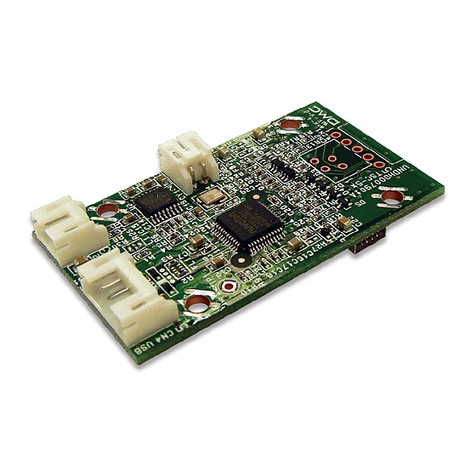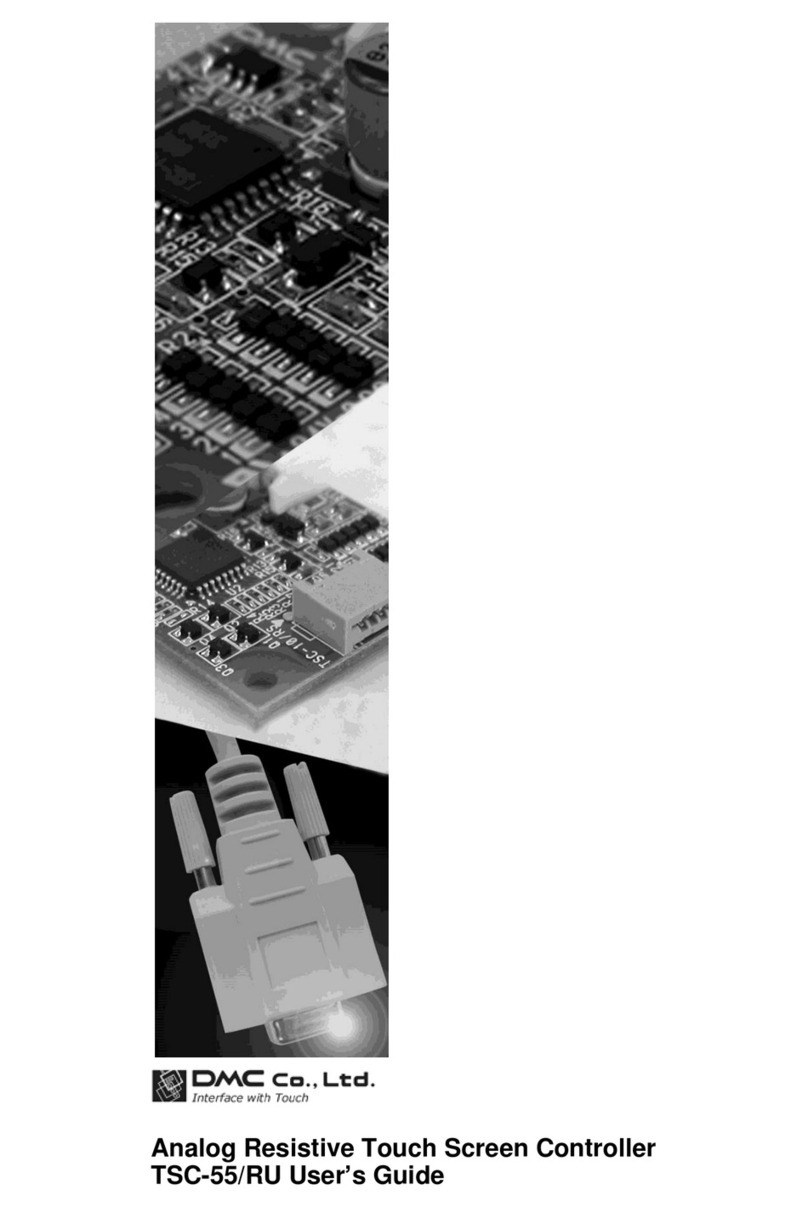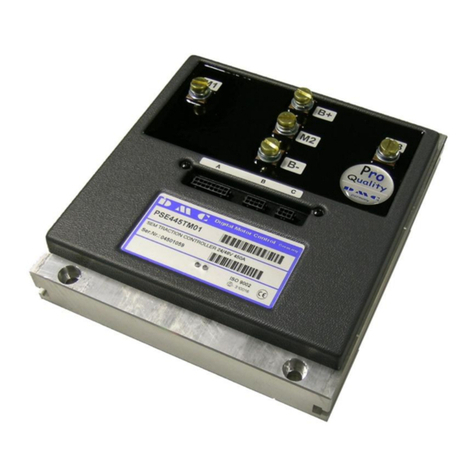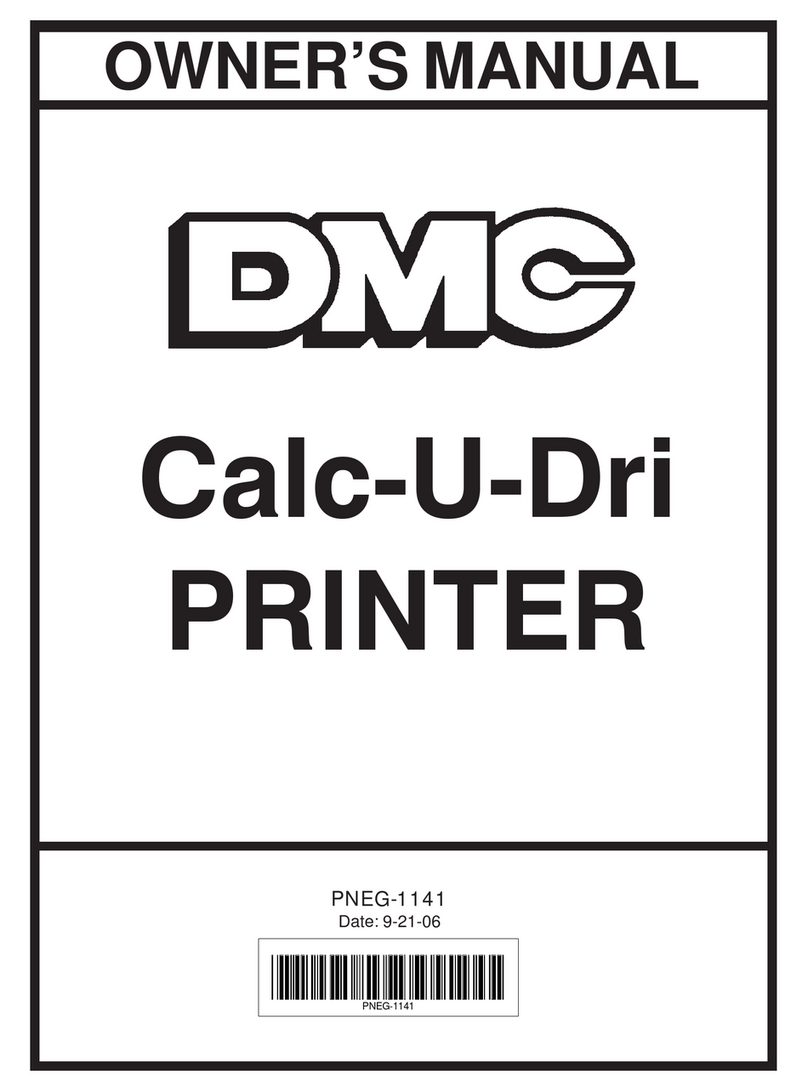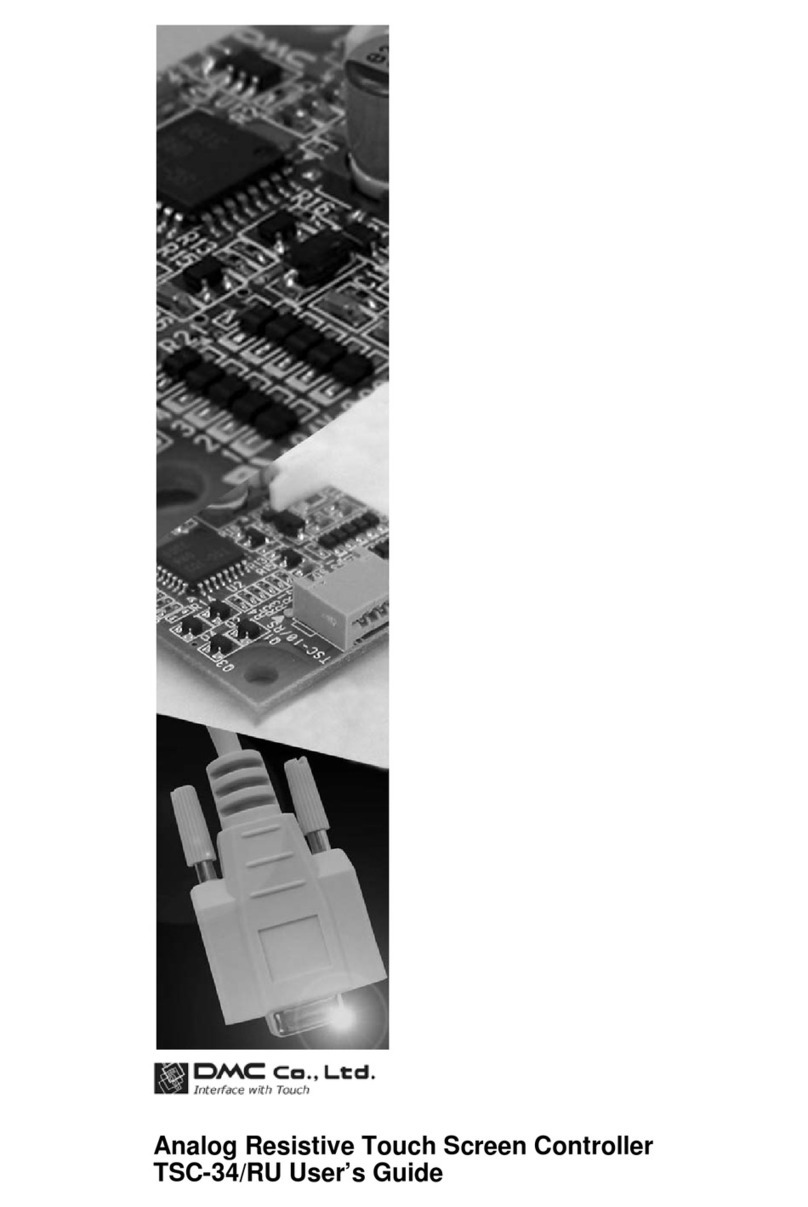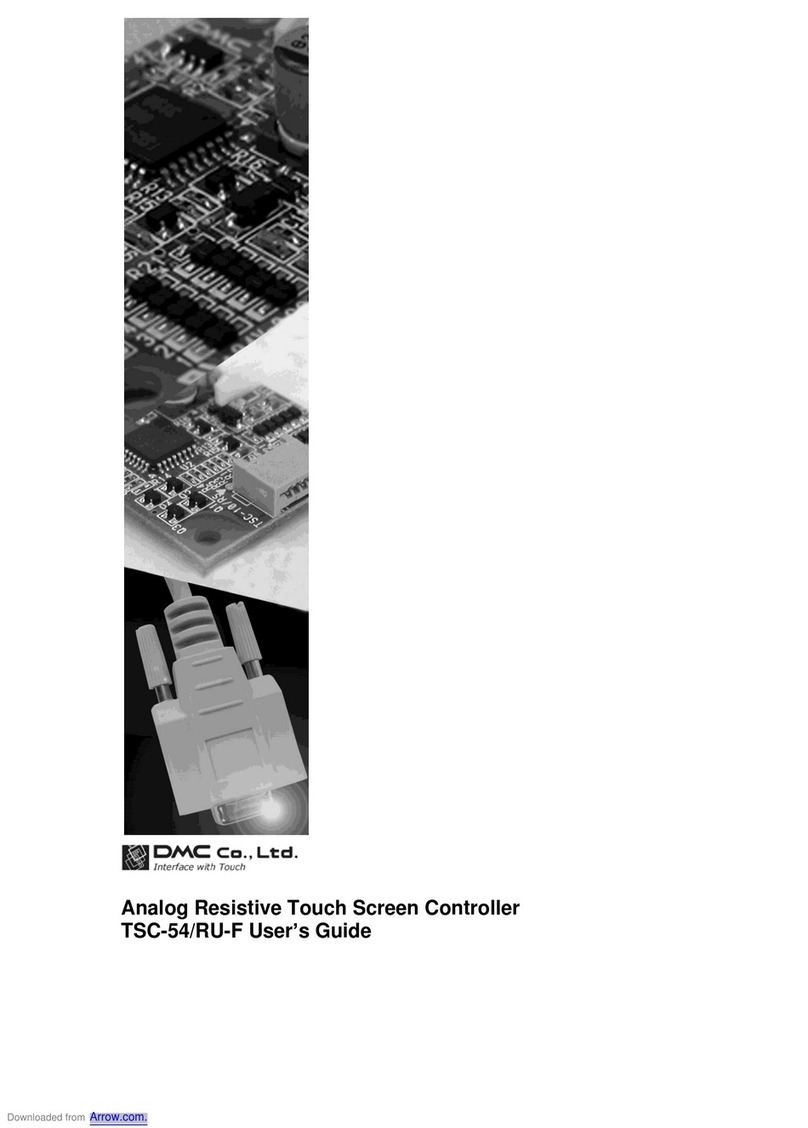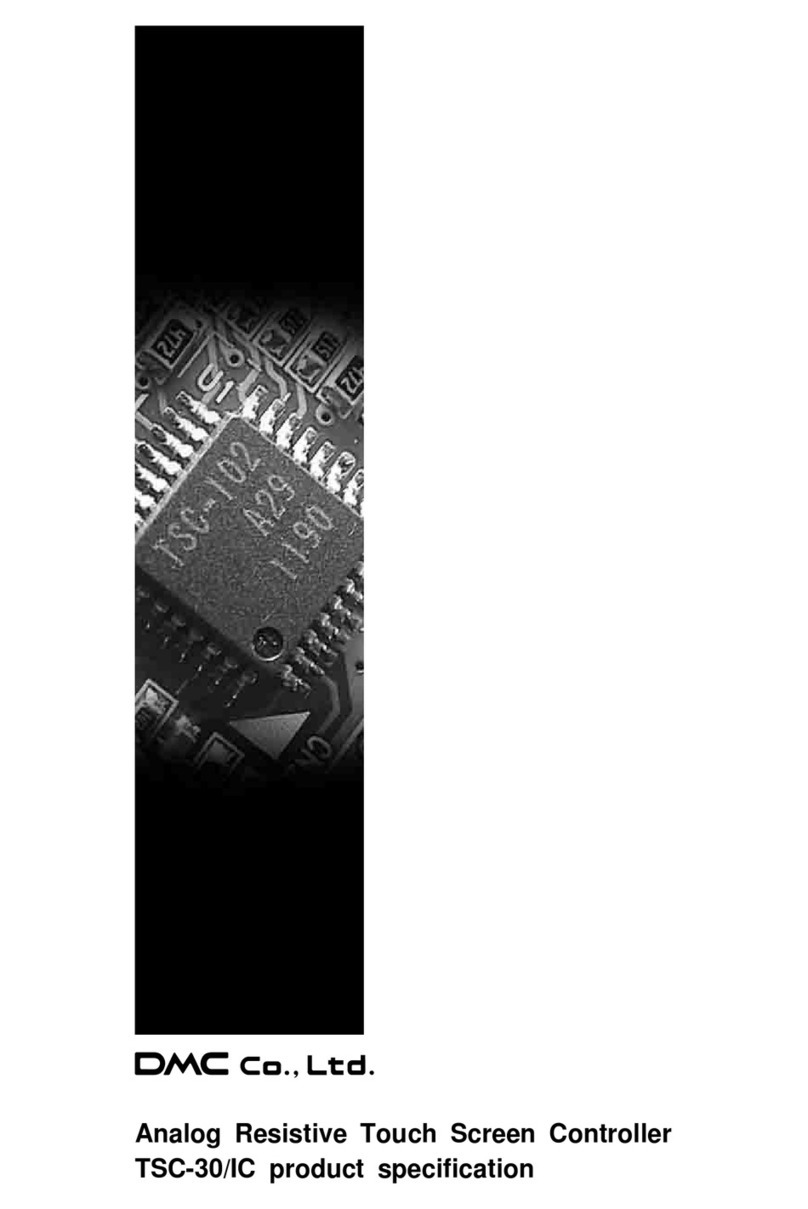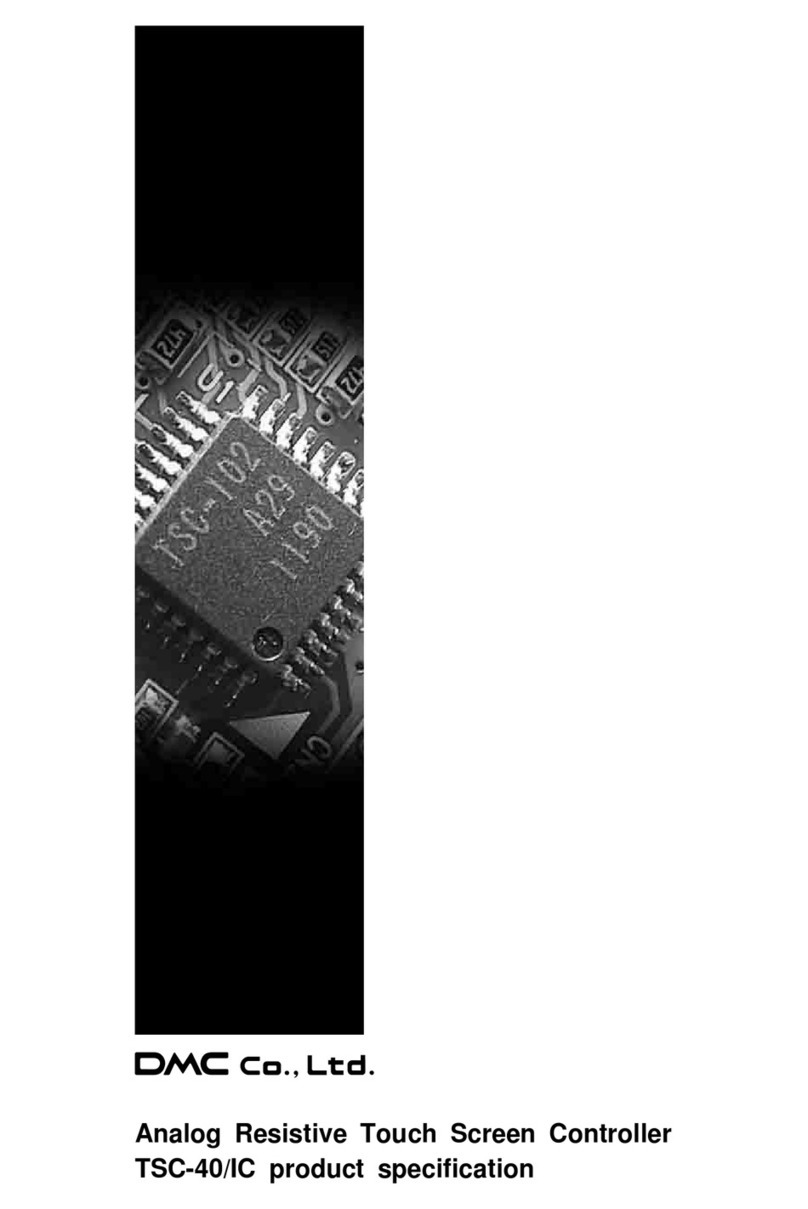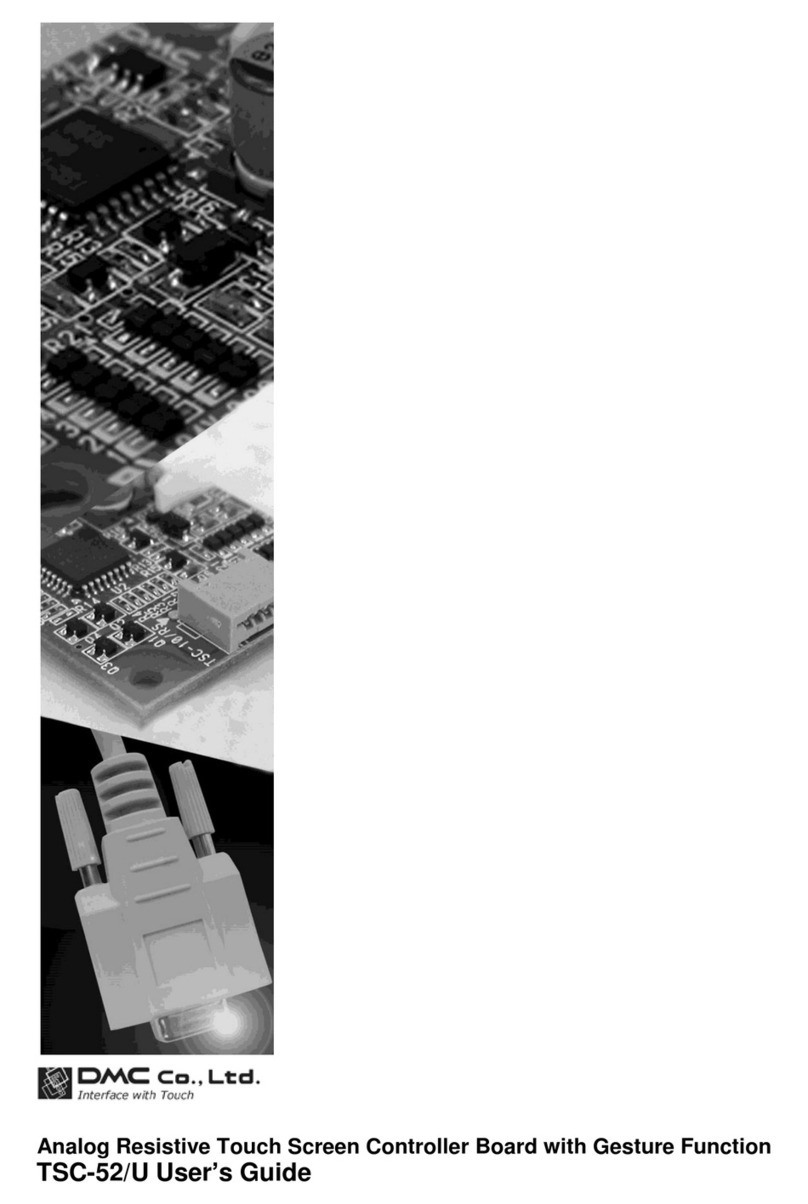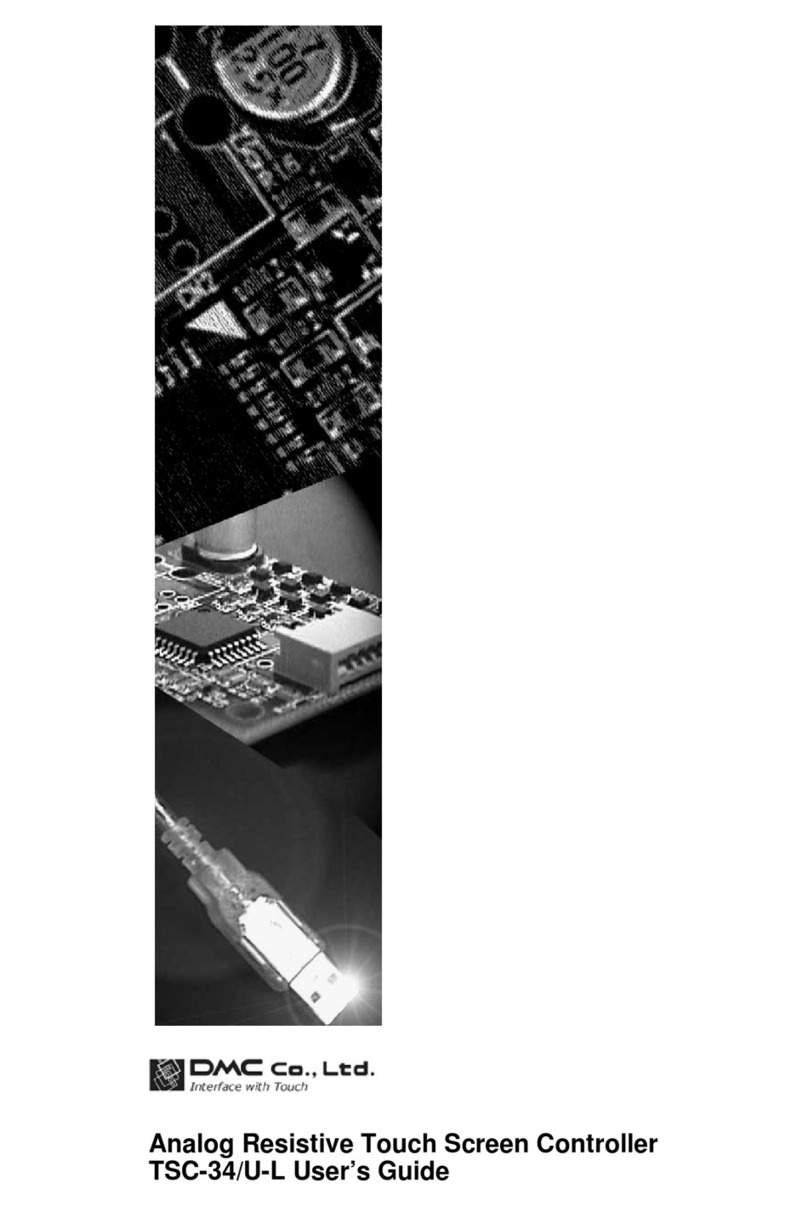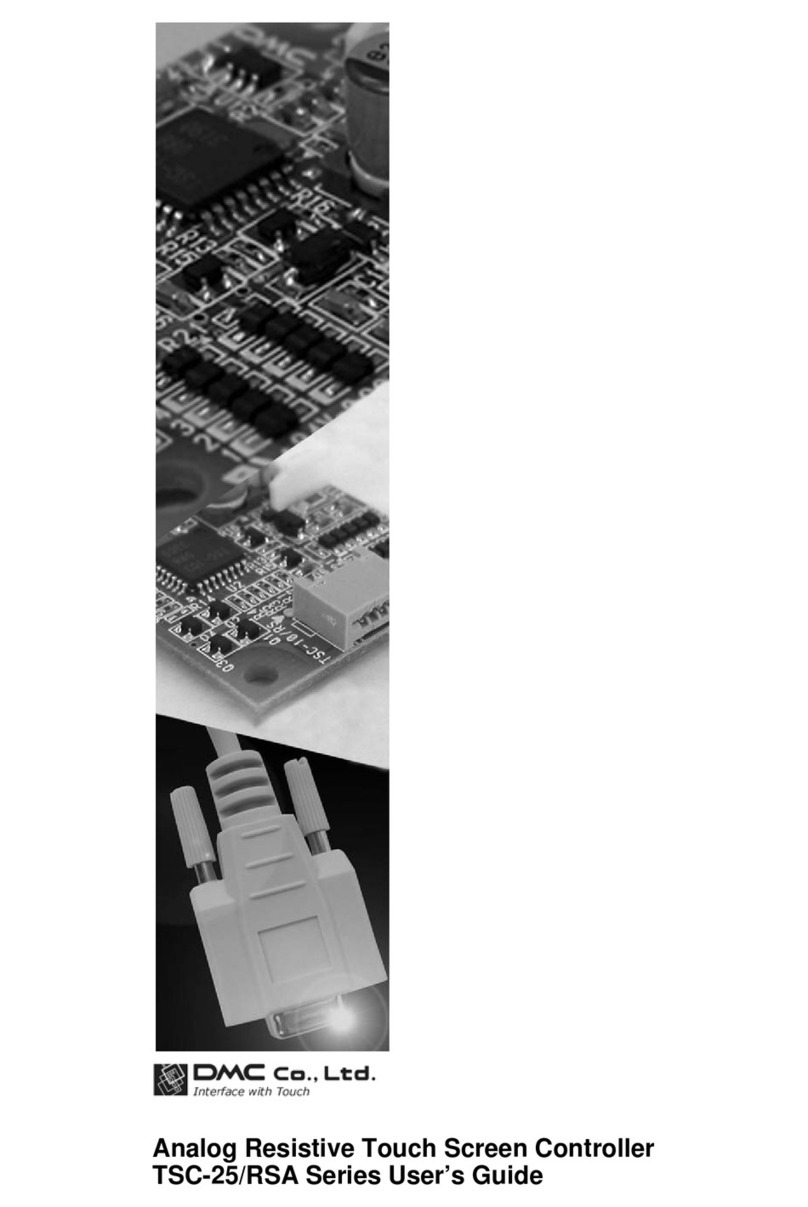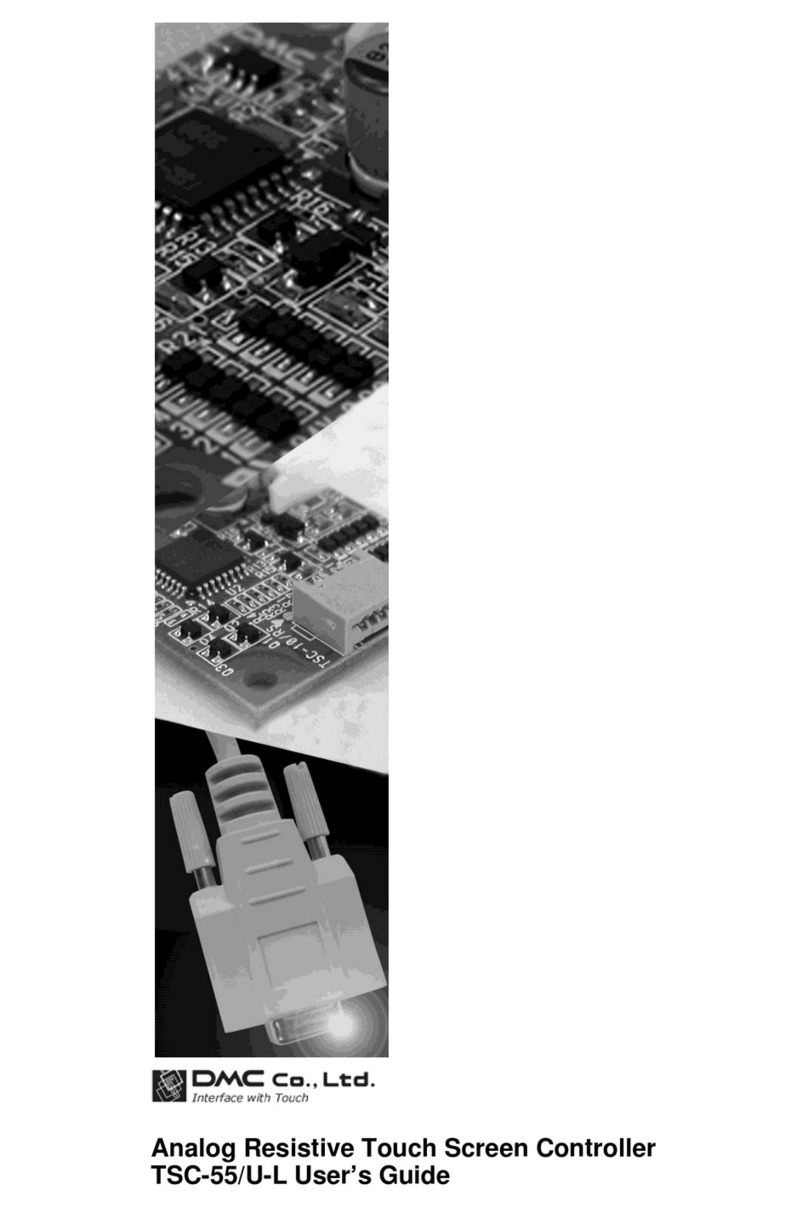
1 Version 4.2 ©2001 - 2005 DMC Co., Ltd.
TSC-10/IC Product S
ecification
Table of Contents
1. PRODUCTS OUTLINE.......................................................................................................................... 2
1-1. Scope of Application ..........................................................................................................................2
1-2. Outline................................................................................................................................................2
1-3. Features .............................................................................................................................................3
1-4. General specification..........................................................................................................................3
2. Pin layout and representation ................................................................................................................ 4
3. Pin functions.......................................................................................................................................... 5
4. Initial setting .......................................................................................................................................... 6
4-1. EEPROM setting ................................................................................................................................6
4-2. Communication mode setting.............................................................................................................6
4-3. Configuration in USB mode................................................................................................................7
4-4. Panel ID setting (USB mode) .............................................................................................................7
5. Data sheet............................................................................................................................................. 8
5-1. Absolute maximum rating...................................................................................................................8
5-2. Recommended operational conditions ...............................................................................................9
5-3. Timing requirement ..........................................................................................................................10
5-4. DC standards ...................................................................................................................................12
6. Packaging Specification....................................................................................................................... 13
6-1. Outline..............................................................................................................................................13
6-2. Notes on storage/handling ...............................................................................................................13
6-3. Basic packaging ...............................................................................................................................13
6-4. Small group packaging.....................................................................................................................14
6-5. Tray specification .............................................................................................................................15
6-6. Product name label specification......................................................................................................15
7. Storage Specification........................................................................................................................... 16
7-1. Storage Conditions...........................................................................................................................16
7-2. Baking ..............................................................................................................................................16
8. Implementation Temperature Specification .......................................................................................... 17
1. Reflow method (Infrared reflow, air reflow, VPS reflow) ......................................................................17
2. Wave soldering method (Flow soldering, solder dip method) ..............................................................17
3. Soldering iron (Manual soldering)........................................................................................................18
4. Reflow method (Infrared reflow, air reflow: When lead-free solder is used) ........................................18
5. Wave soldering method (Flow soldering, solder dip method when lead-free solder is used) ..............18
9. Changes and improvements ................................................................................................................ 19
9-1. Version history .................................................................................................................................19
10. Warranty............................................................................................................................................ 21
10-1. Warranty Period .............................................................................................................................21
10-2. Warranty Target .............................................................................................................................21
10-3. Warranty Exceptions ......................................................................................................................21
11. Notes on use ..................................................................................................................................... 22
11-1. Overall handling .............................................................................................................................22
11-2. Others ............................................................................................................................................22
Dimensional Drawing
Circuit Diagram
Part List
